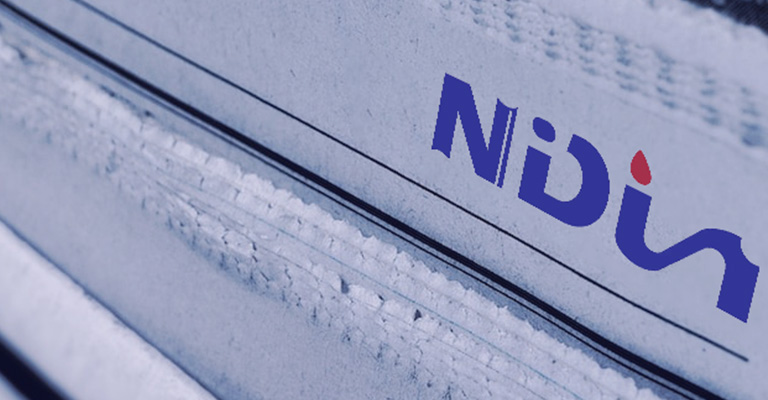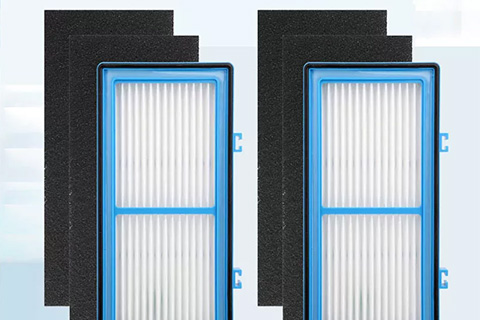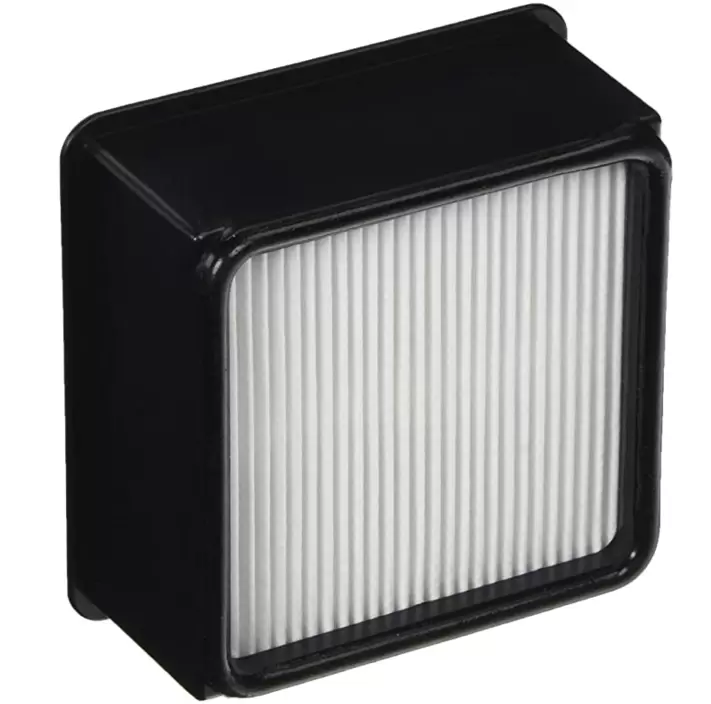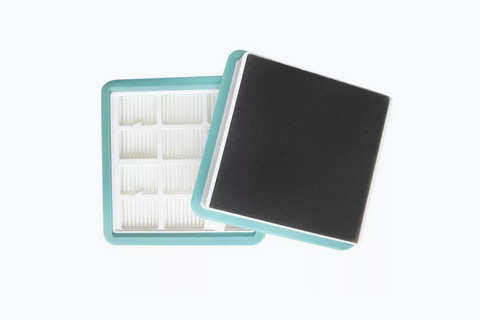Position: Home > About Us > News and Blog > Understanding the Manufacturing Process of Edge Sealing Filters
Understanding the Manufacturing Process of Edge Sealing Filters
Edge sealing filters are critical components in various industries, including automotive, aerospace, pharmaceuticals, and food processing. These filters play a vital role in ensuring product quality and operational efficiency by preventing contaminants from entering sensitive systems. Understanding the manufacturing process of edge sealing filters is essential for manufacturers, engineers, and quality control professionals. This blog will provide an in-depth look at the steps involved in producing edge sealing filters, the materials used, and the quality assurance measures that ensure their effectiveness.
What Are Edge Sealing Filters?
Before diving into the manufacturing process, it’s essential to understand what edge sealing filters are. These filters are designed to seal the edges of filter media, preventing bypass and ensuring that all fluid or air passes through the filter material. This design is particularly important in applications where contamination can lead to significant operational issues or product failures. Edge sealing filters can be made from various materials, including synthetic fibers, metal mesh, and activated carbon, depending on the application requirements.
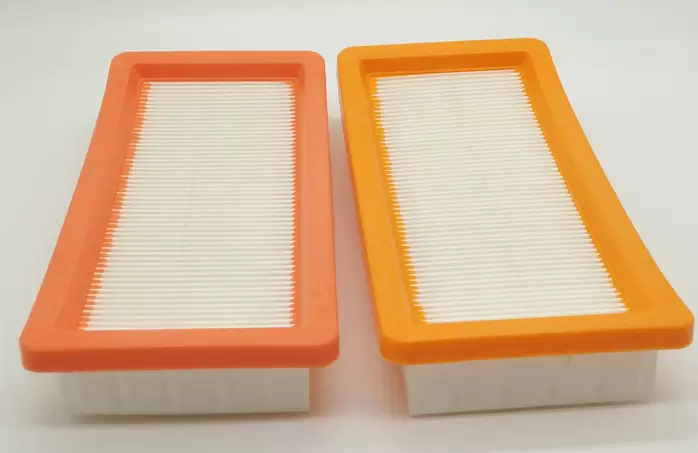
The Importance of Edge Sealing in Filtration
Edge sealing is crucial for several reasons:
1. Preventing Contamination: Edge sealing ensures that contaminants do not bypass the filter, which is vital in sensitive applications such as pharmaceuticals and food processing.
2. Enhancing Filter Efficiency: Proper sealing improves the overall efficiency of the filter by maximizing the surface area available for filtration.
3. Extending Filter Life: A well-sealed filter can withstand higher pressures and longer operational periods, reducing the frequency of replacements.
4. Improving Safety: In critical applications, such as aerospace, edge sealing filters help maintain safety standards by ensuring that no contaminants enter the system.
The Manufacturing Process of Edge Sealing Filters
The manufacturing process of edge sealing filters involves several key steps, each of which is crucial to producing a high-quality product. Below, we outline the primary stages of the manufacturing process.
1. Material Selection
The first step in manufacturing edge sealing filters is selecting the appropriate materials. The choice of materials depends on the specific application and the type of contaminants the filter is designed to capture. Common materials include:
Synthetic Fibers: These are often used for their durability and resistance to chemicals.
Metal Mesh: Ideal for high-temperature applications and where mechanical strength is required.
Activated Carbon: Used for applications requiring adsorption of gases or odors.
Paper or Cellulose: Common in less demanding applications, such as air filtration.
The selected materials must meet specific criteria, including filtration efficiency, chemical compatibility, and mechanical strength.
2. Cutting and Shaping
Once the materials are selected, they are cut and shaped into the desired dimensions. This process may involve:
Die Cutting: For precise shapes and sizes, die cutting is often employed. This method uses a sharp die to cut through the material, ensuring uniformity.
Laser Cutting: For intricate designs or when high precision is required, laser cutting technology can be used. This method provides clean edges and reduces material waste.
Punching: In some cases, punching may be used to create holes or specific patterns in the filter media.
3. Edge Sealing
The edge sealing process is where the filter gets its name. This step involves applying a sealing method to the edges of the filter media to prevent bypass. Common edge sealing techniques include:
Ultrasonic Welding: This method uses high-frequency sound waves to generate heat, melting the edges of the filter media together. This creates a strong, seamless bond that prevents leakage.
Adhesive Bonding: In this method, a specialized adhesive is applied to the edges of the filter media. The adhesive must be compatible with the filter material and resistant to the operating environment.
Heat Sealing: Similar to ultrasonic welding, heat sealing uses heat to bond the edges of the filter media. This method is effective for thermoplastic materials.
4. Assembly
After edge sealing, the next step is assembling the filter components. Depending on the design, this may involve:
Layering: For multi-layer filters, different media types may be layered together to enhance filtration efficiency.
Frame Attachment: Some filters require a frame for structural support. This frame can be made from plastic, metal, or other materials, depending on the application.
5. Quality Control
Quality control is a critical aspect of the manufacturing process. Various tests are conducted to ensure that the edge sealing filters meet the required specifications. Common quality control measures include:
Visual Inspection: Inspecting the filters for any visible defects, such as improper sealing or material inconsistencies.
Pressure Testing: Testing the filters under pressure to ensure they can withstand operational conditions without leaking.
Filtration Efficiency Testing: Measuring the filter's ability to capture contaminants, often using standardized testing methods.
6. Packaging
Once the filters pass quality control, they are packaged for shipment. Proper packaging is essential to protect the filters from damage during transportation and storage. Packaging materials must also be compatible with the filter media to prevent contamination.
7. Distribution
The final step in the manufacturing process is distribution. Manufacturers must ensure that their edge sealing filters reach customers in a timely manner. This may involve working with logistics partners to manage inventory and shipping.

Innovations in Edge Sealing Filter Manufacturing
As technology advances, so does the manufacturing process for edge sealing filters. Innovations in materials, production techniques, and quality control methods are continually improving the efficiency and effectiveness of these filters. Some notable trends include:
1. Smart Filters: Incorporating sensors into filters to monitor performance and provide real-time data on filter status.
2. Sustainable Materials: The use of biodegradable or recyclable materials to reduce environmental impact.
3. Automation: Increasing automation in the manufacturing process to enhance precision and reduce labor costs.
Conclusion
Understanding the manufacturing process of edge sealing filters is essential for anyone involved in filtration technology. From material selection to quality control, each step plays a crucial role in producing high-quality filters that meet the demands of various industries. As technology continues to evolve, manufacturers must stay informed about the latest innovations to remain competitive and provide effective filtration solutions. By investing in quality manufacturing processes, companies can ensure that their edge sealing filters deliver optimal performance and reliability, ultimately contributing to the success of their clients' operations.
Newton Smart Technology (Suzhou) Co., Ltd. specializes in the research, development, production, and sales of environmental protection equipment and accessories. Our core product offerings encompass HEPA filters, filters, floor brushes, conductive straight tubes, conductive telescopic tubes, environmental protection equipment, and dust filter bags. These products find widespread application in various environmental protection devices, catering to diverse customer needs. Additionally, we also distribute EVA and PE products.


